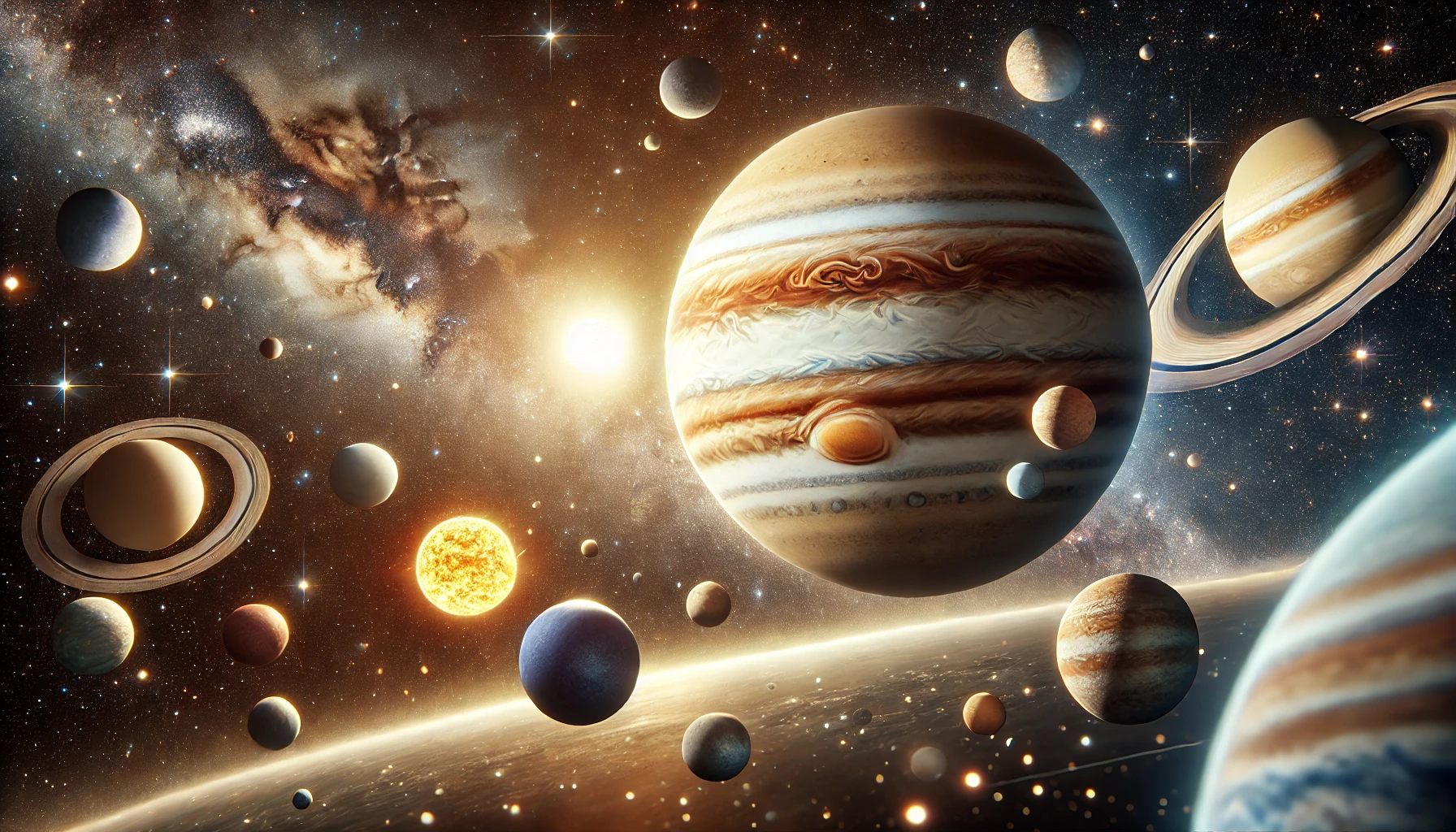The planet with the most moons
Check out this answer from Consensus:
Jupiter remains the planet with the most moons in our solar system, boasting 39 known satellites. The continuous discovery of new moons around Jupiter highlights the dynamic and ever-evolving nature of our understanding of the solar system. Meanwhile, the search for exomoons around distant planets opens up new possibilities for discovering celestial bodies that could rival or even surpass Jupiter’s moon count. Future observations and discoveries will undoubtedly shed more light on these fascinating aspects of planetary science.
The solar system is a fascinating collection of celestial bodies, each with its own unique characteristics. Among these, the planets and their moons have always intrigued astronomers and scientists. One of the most captivating questions is: which planet has the most moons? This article delves into the current understanding and discoveries related to the planet with the most moons.
Jupiter: The King of Moons
Jupiter, the largest planet in our solar system, holds the record for the most moons. As of the latest discoveries, Jupiter has a staggering 39 known moons. This number was recently updated following the International Astronomical Union’s formal announcement on May 16, which confirmed the discovery of 11 new moons orbiting Jupiter1.
Characteristics of Jupiter’s Moons
The newly discovered Jovian moons are relatively small, each measuring between 2 to 4 kilometers in diameter. These moons are classified as irregular satellites due to their large, elongated, and inclined orbits. The discovery of these moons not only adds to the count but also provides valuable insights into the complex gravitational interactions and history of the Jovian system1.
The Search for Exomoons
While Jupiter holds the record within our solar system, the search for moons around exoplanets (planets outside our solar system) is an exciting frontier in astronomy. The detection of exomoons, particularly around super-Jovian planets, is a possibility that might soon be realized with advanced telescopes like NASA’s Kepler or ESA’s upcoming PLATO space telescopes2.
Formation of Exomoons
Research into the formation of exomoons suggests that large moons can form around super-Jovian planets, especially those located beyond 3 to 4.5 AU from their host stars. These moons could be as massive as Mars and potentially water-rich, depending on the conditions in the accretion disks around these planets. The presence of H2O ice lines in these disks is a critical factor in the formation of such moons2.
